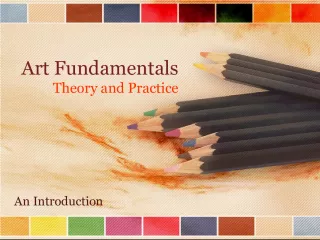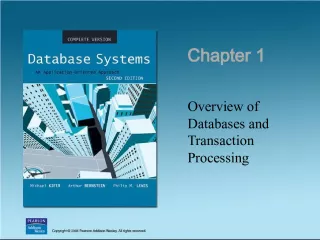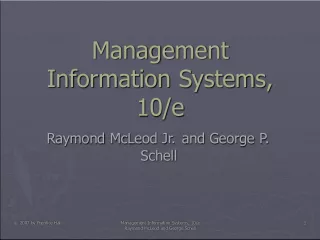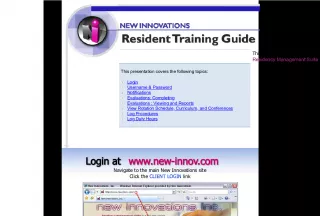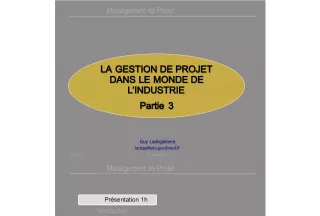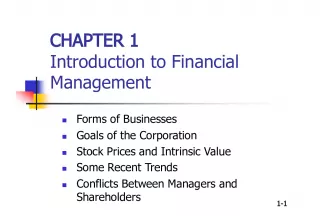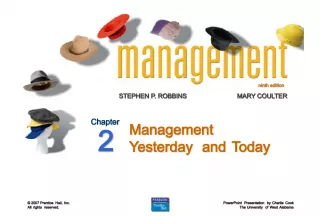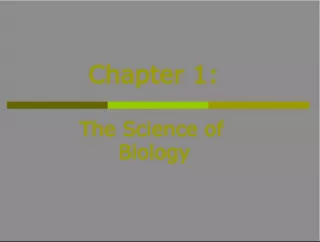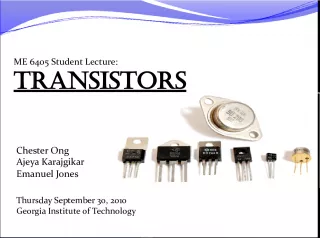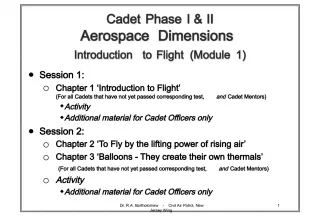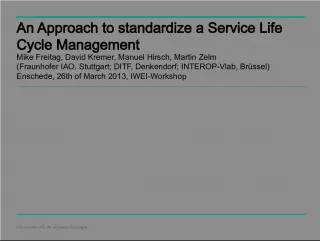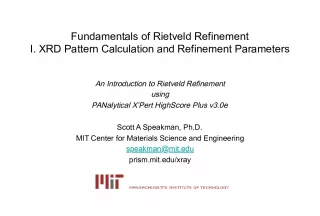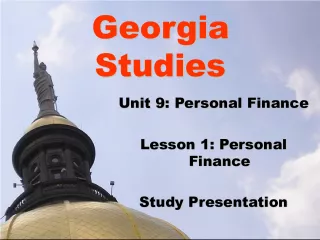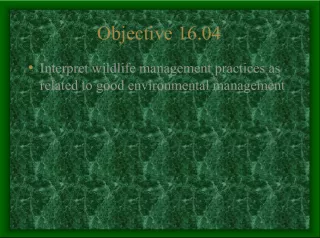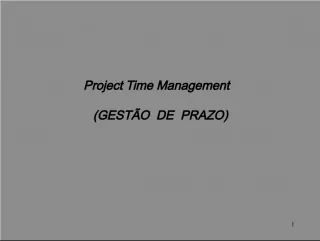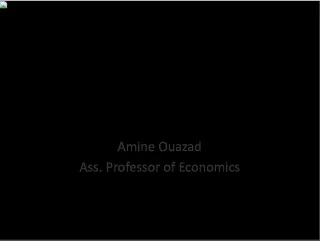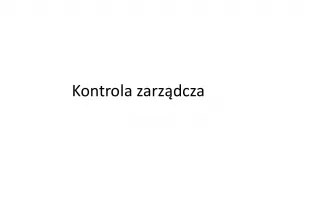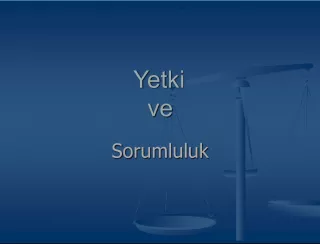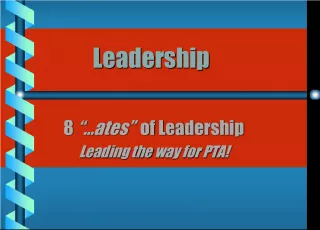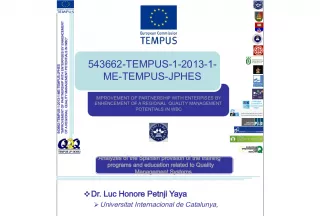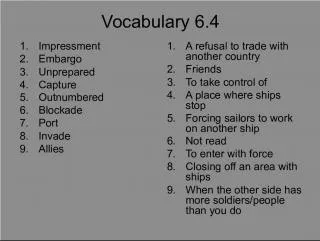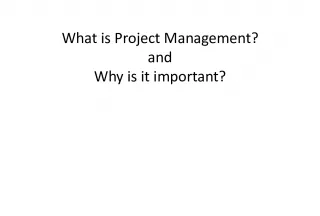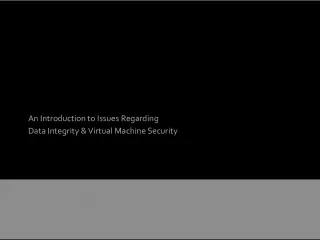Introduction to the Fundamentals of Management


This course is copyrighted by Prentice Hall and all rights are reserved. It is a term-driven, concept-based course that offers a simplistic level of analysis for students. The main focus of
- Uploaded on | 4 Views
-
 amberharvey
amberharvey
About Introduction to the Fundamentals of Management
PowerPoint presentation about 'Introduction to the Fundamentals of Management'. This presentation describes the topic on This course is copyrighted by Prentice Hall and all rights are reserved. It is a term-driven, concept-based course that offers a simplistic level of analysis for students. The main focus of. The key topics included in this slideshow are . Download this presentation absolutely free.
Presentation Transcript
Slide1copyright © 2004 prentice hall. all rights reserved.1–1 Introductory points: • Nature of this course: Introduction to the fundamentals of Management Term driven Concept based Simplistic level of analysis While term/concept understanding is the M.O. of this course. The classroom environment should not and will not be limited to these topics. Students should see this class as an opportunity to broaden their perspective and understanding on multiple issues
Slide2copyright © 2004 prentice hall. all rights reserved.1–2 Organization Defined • Organization ( A group of people ) with ( formally assigned roles ) who ( work together ) to achieve the stated goals of the group. What about the informal roles in the organization? Often times, these can be the most powerful relationships… How should mangers approach these Characteristics: Common purpose/goals Organizational structure SIT
Slide3copyright © 2004 prentice hall. all rights reserved.1–3 • Manager A person who Plans – Setting goals, rules and procedures, and direction Organizes – Job analysis, selection, organizational charts Leads – Influencing morale, culture, conflict, and communication Controls – Benchmarks, feedback, rewards, and corrective action These are seen as the four main functions of any complete manager. Consider whether these function are all inclusive… What else would you consider important to good management?
Slide4copyright © 2004 prentice hall. all rights reserved.1–4 • Question: Can Organizations be self-directing? Removing the need for managers Or, more accurately, what other possible conceptualizations of managers (or the management process) can or do exist? The point here is that management does not only exist at the individual level… • Management Process Collectivity of Managers in the organization A good manager realizes that he/she cannot bring success to the organization on his/her own merit
Slide5copyright © 2004 prentice hall. all rights reserved.1–5 Mintzberg’s Managerial Roles • Figurehead The public image of the organization • Leader Morale, attitude, direction • Liaison Communicator • Spokesperson Collective voice • Negotiator Resolution • Must a manager possess all these traits? Are they traits, or can they be taught?
Slide6copyright © 2004 prentice hall. all rights reserved.1–6 Innovation in the management process? • The Entrepreneurial Process Getting employees to think of themselves as entrepreneurs. What kind of organization does this create? Is it what you want in organizations today? Where would you rather be? • The Competence-Building Process Working hard to create an environment that lets employees really take charge. Competence Set of Knowledge, Skills, and Abilities • The Renewal Process Guarding against complacency by: Encouraging employees to question why they do things as they do Because they have to, or because they want to
Slide7copyright © 2004 prentice hall. all rights reserved.1–7 Types of Managers FIGURE 1–1
Slide8copyright © 2004 prentice hall. all rights reserved.1–8
Slide9copyright © 2004 prentice hall. all rights reserved.1–9 • Text Do you have the traits to manage? Is it all about traits? – Is that the real question? Nature vs. Nurture – Can these skills be taught? If not, why are you here? • Personality (Debatable?) Could these be learned? Social Orientation Attracted to working with others in a helpful or facilitative way; comfortable dealing with people. Enterprising Orientation Enjoy working with people in a supervisory or persuasive way in order to achieve some goal.
Slide10copyright © 2004 prentice hall. all rights reserved.1–10 Managerial Traits (cont’d) • Competencies Managerial Competence The motivation and skills required to gain a management position, including: – Intellectual (analytical) – Emotional E.I. – Interpersonal skills – Moral intelligence Career Anchor A dominant concern or value that directs an individual’s career choices and that the person will not give up if a choice must be made. – Simply stated a strong sense of self, identity, and purpose
Slide11copyright © 2004 prentice hall. all rights reserved.1–11 Managerial Skills • Technical Skills The ability to plan, organize, lead, and control. Again, technical skills can be taught Available to all • Interpersonal Skills An understanding of human behavior Group processes Feelings, attitudes, and motives of others Ability to communicate clearly and persuasively These skills are more difficult to transfer (innate) • Conceptual Skills Good judgment, creativity, and the ability to see the “big picture” These are difficult to measure, much less teach
Slide12copyright © 2004 prentice hall. all rights reserved.1–12 The Foundations Of Modern Management • The Classical and Scientific School “Scientific Method” of Management Frederick Taylor Born of the Industrial Revolution Based on clear, observable, precise jobs and skills 1. The “one best way” 2. Scientific selection of personnel 3. Financial incentives 4. Functional foremanship Efficiency was the ultimate goal The human in the organization was irrelevant Why?
Slide13copyright © 2004 prentice hall. all rights reserved.1–13 The Foundations Of Modern Management • The Classical and Scientific School (cont’d) Couched in task/behavior modification The human is just another machine Another step in the process Not a cognitive, adaptive resource Frank and Lillian Gilbreth and Motion Study Analyzed physical motion and work processes to improve worker efficiency. Henri Fayol and the Principles of Management Defined the functions of management Advocated “chain of command”
Slide14copyright © 2004 prentice hall. all rights reserved.1–14 The Foundations Of Modern Management • Bureaucracy Max Weber Probably the most influential framework of it’s time Still seen in many organizations today A well-defined hierarchy of authority A clear division of work A system of rules covering the rights and duties of position incumbents A system of procedures for dealing with the work situation Impersonality of interpersonal relationships Selection for employment, and promotion based on technical competence
Slide15copyright © 2004 prentice hall. all rights reserved.1–15 The Foundations Of Modern Management • The Behavioral School The Hawthorne Studies Moved management beyond controlling the behavior solely. Introduced the link between behavior and individual attitudes Found that it was the social situations of the workers, not just the working conditions, that influenced behavior at work. The Human Relations Movement Emphasized that workers were not just “givens” in the system Workers have needs and desires that organizations have to accommodate. Brought the “human” in the organization to the forefront
Slide16copyright © 2004 prentice hall. all rights reserved.1–16 Douglas McGregor: Theory X and Theory Y • Can heavily influence the management approach taken Theory X Most people dislike work and responsibility and prefer to be directed. They are motivated not by the desire to do a good job, but simply by financial incentives. Most people must be closely supervised, controlled, and coerced into achieving organizational objectives. Theory Y People wanted to work hard. People could enjoy work. People could exercise substantial self-control. Managers could trust employees if managers treated them right.
Slide17copyright © 2004 prentice hall. all rights reserved.1–17 The Foundations Of Modern Management • The Behavioral School Likert and the Employee-Centered Organization Job-centered ( less desirable) – Less emphasis on the individual – Akin to the scientific method bent on efficiency – No concern for the well-being of the worker – Performance based Employee centered (modern approaches) – Employee satisfaction – Social and interpersonal links to productivity – Participation – High involvement in the life of the employee – P J and P O Fit
Slide18copyright © 2004 prentice hall. all rights reserved.1–18 The Administrative School • “Zone of Indifference” A range of orders that a worker will willingly accept without consciously questioning their legitimacy. Managers have to provide sufficient inducements to make each employee’s zone of indifference wider. This assumes you want the worker to just follow orders This can be counterproductive • Managerial Influence Use the classicists’ command and control approach. Foster employee self-control by providing better training, encouraging participative leadership, and developing commitment and loyalty.
Slide19copyright © 2004 prentice hall. all rights reserved.1–19 Quantitative/Management Science School • The Management Science Approach Operations Research/ Management Science Seeks optimal solutions to management problems through research and the use of scientific analysis and tools. Based on work flow and operational efficiencies Effective when there are clear, objective parameters The Systems Approach The view that an organization exists as a set of “interrelated subsystems” that all contribute internally to the organization’s purpose and success Based on the notion that the organization cannot survive without the macro and micro environment
Slide20copyright © 2004 prentice hall. all rights reserved.1–20 The Situational/Contingency School • Contingency View of Management. Born out of the systems approach to the organization All actions and decisions taken by the organization are contingent in what the environment provides – Reactionary Paramount given the crucial relationship between organizations and their environment Organizations can gain control over their environment, thereby reducing the contingent dependency (RBV) Tom Burns and G. M. Stalker (Metaphors) Mechanistic organizations – Stable, objective, predictable, low innovation Organic organizations – Adaptive, unpredictable, innovative, dynamic
Slide21copyright © 2004 prentice hall. all rights reserved.1–21 Today’s Management Environment • Globalization Antiquated The tendency of firms to extend their sales, ownership, and/or manufacturing to new markets abroad. Made easy given technology and infrastructure • Technological Advances Steeper curve than the individual Success based on obtaining those technologies I might argue otherwise… Is it the technology, or the intellectual ability to use them that is more integral
Slide22copyright © 2004 prentice hall. all rights reserved.1–22 Today’s Management Environment The Nature of Work Switch from product service hybrid In reality, the products of tomorrow are services that are not palpable, yet require continuing service. The product is 98% intellectual – Hence the change in the demanded worker Human capital The cognitive interaction of a highly skilled workforce – Paramount to adaptive success – inimitable The Workforce Increasing cognitive and social diversity – Good and bad
Slide23copyright © 2004 prentice hall. all rights reserved.1–23 Today’s Management Environment Modern Management Thought New modern approaches to management function on several main proponents: – The increasing importance of the individual • Cognitive • Smaller valid labor force – Intrinsic motivation • Getting at people’s internal motivation • Moving away from compliance – Organizational Buy-in • Vesting the workforce in the organization • Giving them ownership – Structure and command • Flatter, more adaptive, organizations
Slide24copyright © 2004 prentice hall. all rights reserved.1–24 Fundamental Changes Facing Managers FIGURE 1–2 A move away from the central organization to autonomous SBU’s
Slide25copyright © 2004 prentice hall. all rights reserved.1–25 Basic Management Features Today • Smaller, More Entrepreneurial Organizational Units Moving the power down to the actual “hands-on” workers Decentralization • Team-Based and Boundaryless Organizations Identity and loyalty to the team above the organization SIT More visible and immediate feedback • Empowered Decision-Making Removing the Bureaucracy Allowing for quicker decision-making • Flatter Organizational Structures, Knowledge-Based Management By removing the “red tape” and “chain-of-command” mentality You allow the specific knowledge of the unique functions to succeed “Knowledge” does not exist only at the higher levels
Slide26copyright © 2004 prentice hall. all rights reserved.1–26 Source: Harvard Business Review , March–April 1998, p. 82. Copyright © 1998 by the President and Fellows of Harvard College. All rights reserved. FIGURE 1–3 The Evolution of a Faster Business Model
Slide27copyright © 2004 prentice hall. all rights reserved.1–27
